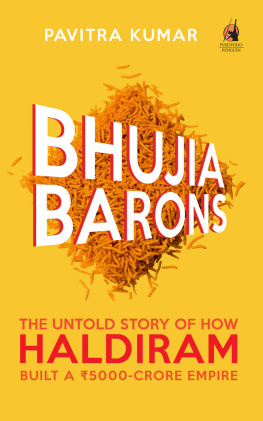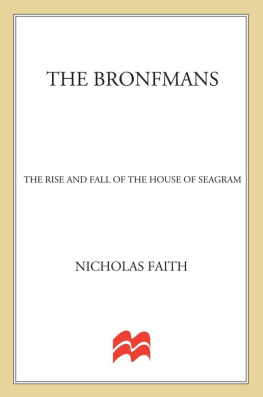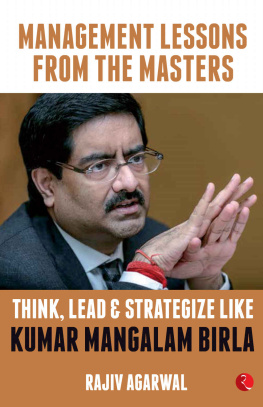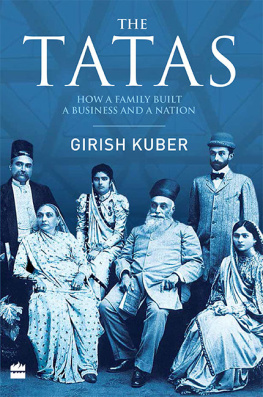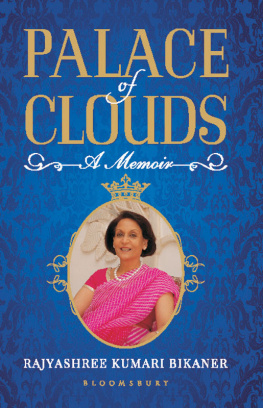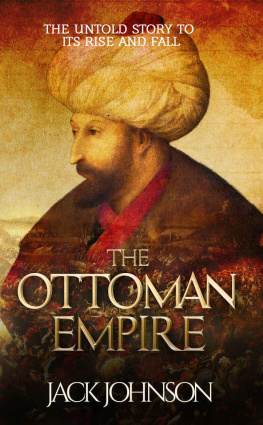Pavitra Kumar was born in Deolali, Maharashtra, in 1985. An army officers daughter, she travelled across India from a young age and developed a keen appreciation of people and places. She completed her undergraduate degree in journalism from Delhi University in 2003 before a short stint with CNN-IBN in Delhi. In 2006, Pavitra went to London to pursue a career in marketing and worked for digital marketing agencies in management roles, spending much of her time liaising with the press and writing professional articles representing her firm. At the same time, her love for writing pushed her to freelance with the-nri.com. She completed her MBA from the Carlson Institute of Management in May 2016, and continues to pursue her love for business and passion for writing.
Pavitra lives in Lakeville, Minnesota, with her husband, Dr Aditya Raghunathan, and mini goldendoodle, Lily. Trekking, swimming, reading and coffee keep her going when she isnt writing.
Prologue
Fire, Ashes and a Phoenix Rises
31 October 1984
I t was just another ordinary Wednesday afternoon. The market was bustling with tourists, students, housewives and merchantsall in throes of besting shopkeepers for the cheapest deals they could find. The merchants, in turn, worked their charm in frenzy, moving their arms around animatedly, calling out their meanest deals, Three for 10! Three for 10! while arrogantly boasting about the highest quality products!
The narrow streets were packed with people, animals, cycles, autorickshaws and Bajaj scooters. It was a wonder that so much could thrive and exist in those tapered lanes of Chandni Chowk. Dust, soot and the bright harsh sunlight of the afternoon did nothing to deter the daily mission. Beggars unabashedly grabbed any limbs within reach, hoping to wheedle a few paise out of passers-by, and thieves quietly pocketed errant knick-knacks hoping to disappear unnoticed into the anonymity of the crowd.
In the midst of this chaos, groups of people gathered around radios in local teashops, cheering Indias cricket team in a very intense one-day international against Pakistan in Sialkot. Dilip Vengsarkar was in his element and close to scoring a century against Indias bitterest rivals in cricket. He endeared himself to the crowd even more when he hit another four, forcing the Pakistani fielders to sprint across the field in vain. The audience in Chandni Chowk roared in delight as the announcer on All India Radio described this young players incredible performance. There was cheering and excitement all around. Everyone was a stranger in those small groups around the radio, yet they hugged and shook hands as if they were brothers.
The warm camaraderie was the hallmark of Chandni Chowk. This crowded district, where one could barely walk without brushing against vibrant life, was an amalgamation of religious harmony. Between the Jama Masjid, Gurdwara Sis Ganj Sahib and the Digambara Jain temple, people of all religious identities and walks of life had lived there in congruence and peace for centuries. All of which was about to come to a brutal end on this very ordinary Wednesday.
The enthusiastic group listening intently to the match on the radio was sorely disappointed when the game was interrupted by an announcement on All India Radio. It declared that the BBC had said that Prime Minister Indira Gandhi had been assassinated earlier that morning. Confused and alarmed, the group huddled closer together. Gradually, the teashops became the centre points where everyone wanted to be. People gathered, straining to listen so they could catch more details, hardly believing their ears.
At six that evening, the vice president of India, R. Venkataraman, announced that Rajiv Gandhi had been sworn in as prime minister following Indira Gandhis death earlier that day. Slowly, the grim confirmation spread like a virus, alerting everybody that two Sikh soldiers had shot down the prime minister. Through the noise and chaos, people received intelligence of outbreaks of violence near the All India Institute of Medical Sciences. Finally, that evening, a curfew was declared asking all shopkeepers to shut shop and all citizens to stay indoors until the government deemed it safe to be out on the streets again.
Multiple whisperings and mutterings later, the crowded market had finally quieted down, as every shop was shuttered and people retired for the night.
A young Marwari businessman, who had just opened a snack shop in the Katara Lachchu Singh area of Chandni Chowk a year ago, welcomed a night of respite after months of hard work. He hoped to get back to work in the morning, fresh and feisty after the curfew was lifted. The businessman and his large joint family lived on a lane adjacent to the Gurdwara Sis Ganj Sahib above a Sikh bakers shop. His wife and kids and brothers family had all reached home by the time Manoharlal got home, settling down for a family meal on the floor of their tiny, cramped living room. It had taken months of cajoling his father and grandfather to move to Delhi and then endless eighteen-hour workdays to set up their small eight-by-eleven-foot shop in Chandni Chowk. Manoharlal was proud of his achievement and felt thankful to be living in the Rajdhani, his heart filled with the hope of economic promise.
Unbeknownst to this peaceful sleeping family, a throng was growing in strength and unruliness that night. Cries of blood for blood echoed into the dark, as they grew more aggressive. The cries quickly turned to action as the mobs began to ransack houses and shops in the middle of the night and cut down unsuspecting victims with knives and farmers sickles.
On 1 November 1984, Manoharlal and his family woke up hoping to hear something positive on the radio, but were instead greeted with news that dangerous mobs were roaming the city with a singular chant of kill the sardars! The jovial family felt an eerie unease. Even the two-year-old Ashish Agarwal became unusually quiet, as though he knew something unholy was happening in the capital.
They could hear distant yells of carnage as they huddled together in their tiny apartment with a fervent prayer on their lips for all those on the street.
The Gurdwara Sis Ganj Sahib nearby was being sullied by angry mobs that pelted it with stones in the hopes of getting their violent hands on the Sikhs taking refuge inside. The gurdwara, one of the nine historical gurdwaras in Delhi, having faced much violence in the past, was standing strong once again for its people. Though the popular belief was that Chandni Chowk had always been a place of religious harmony, hundreds of years ago, in 1675 AD , Mughal emperor Aurangzeb had beheaded Guru Tegh Bahadur in the hallowed square in front of this very gurdwara for refusing to convert to Islam. A few brave Sikhs had then rallied around their sacred ground and kept it unsullied.

